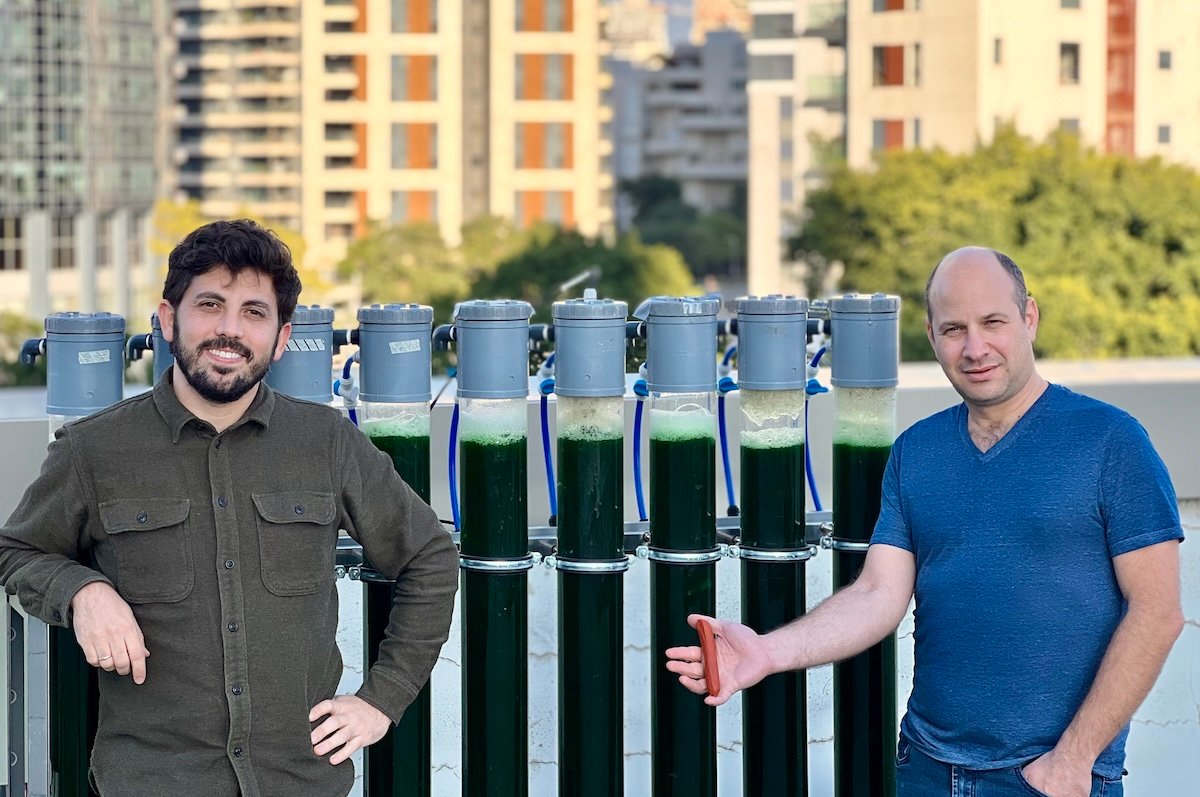The race to create alternative proteins that match the taste of traditional meat is a key challenge for many companies, especially those focused on plant-based options.
However, a team of entrepreneurs and food tech experts from Ingrediome, a startup company based in Israel and alumni of SOSV’s Indie Bio incubator program, believes they have found the solution. They claim to have developed a lab-grown protein that not only tastes better but is also significantly cheaper to produce, up to 10 times less expensive than current methods.
What sets Ingrediome’s product apart is that it’s not solely plant-based. By blending traditional animal proteins with plant-based ingredients, they have created what they call “hybrid meat, dairy, and eggs.” This combination gives their product a unique and more authentic taste.
While some believe that the lack of fat in alternative protein products is the main culprit for the taste problem, Ingrediome’s co-founders, Aviel Even and Michael Kahlon, argue that it is actually the texture that affects the taste the most. The way fats, proteins, and water are combined plays a crucial role in determining the texture of the product.
To address this challenge and create a more realistic texture, Ingrediome is utilizing recombinant animal matrix proteins derived from carbon dioxide. These proteins are produced by manipulating the genes responsible for creating various animal proteins, and then teaching microorganisms how to produce them using carbon dioxide from the air and natural sunlight as feedstock.
“Our meat proteins, oils, water, and spices are all carefully combined to create our formulation, resulting in a clean-label product,” explains Even. “This process allows us to closely replicate the way real meat cooks. Our meat proteins have a similar cooking process, temperature range, and nutritional values as traditional animal meat.”
Ingrediome’s production facility uses photobioreactors, located on the roof of their office, to cultivate microorganisms that eat carbon dioxide and sunlight as their primary source of nutrients. This method allows them to scale their lab-grown meat operation more affordably compared to other methods, such as precision fermentation.
Despite being only two years old, Ingrediome has already made significant progress. They have successfully engineered four out of the five proteins they need and have cultivated two of those proteins to 100 liters. Additionally, they have created prototypes of their meat ingredients.
The company has signed contracts with a European ingredient company for an 18-month collaboration, a joint R&D agreement with an Israeli deli company, and a letter of intent for a commercial partnership with another company.
Thanks to a recent $2.46 million investment from a group of investors, including SOSV, Siddhi Capital, Meach Cove Capital, Beyond Impact, Alumni Ventures, and Genesis Consortium, Ingrediome is now focusing on engineering the fifth protein and scaling their operation to 1,000 liters of bacteria for meat production.
Next, the company plans to submit a GRAS notice with the U.S. Food and Drug Administration, which stands for “generally recognized as safe.” This designation is crucial for companies producing food substances.
“We are currently scaling up to producing 300 liters of bacteria per year, but our next phase is 1,000 liters, and we are not far from reaching 20,000 liters,” says Even. “We believe we can achieve this by the end of 2025 or the beginning of 2026, and eventually produce thousands of kilograms of meat per year.”








